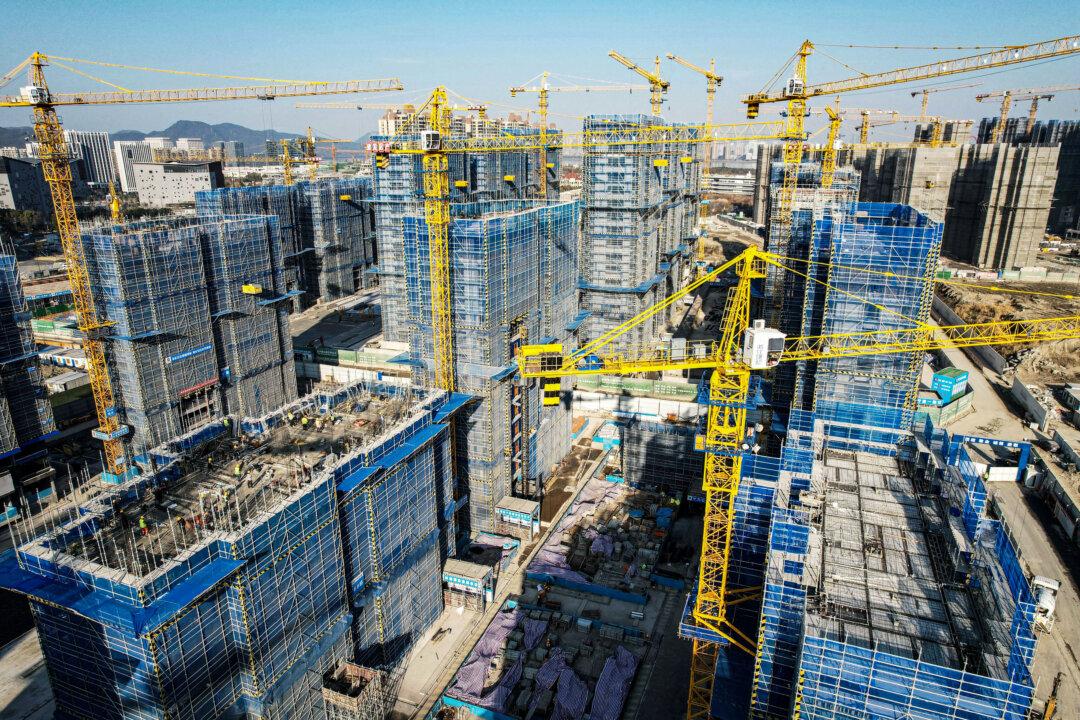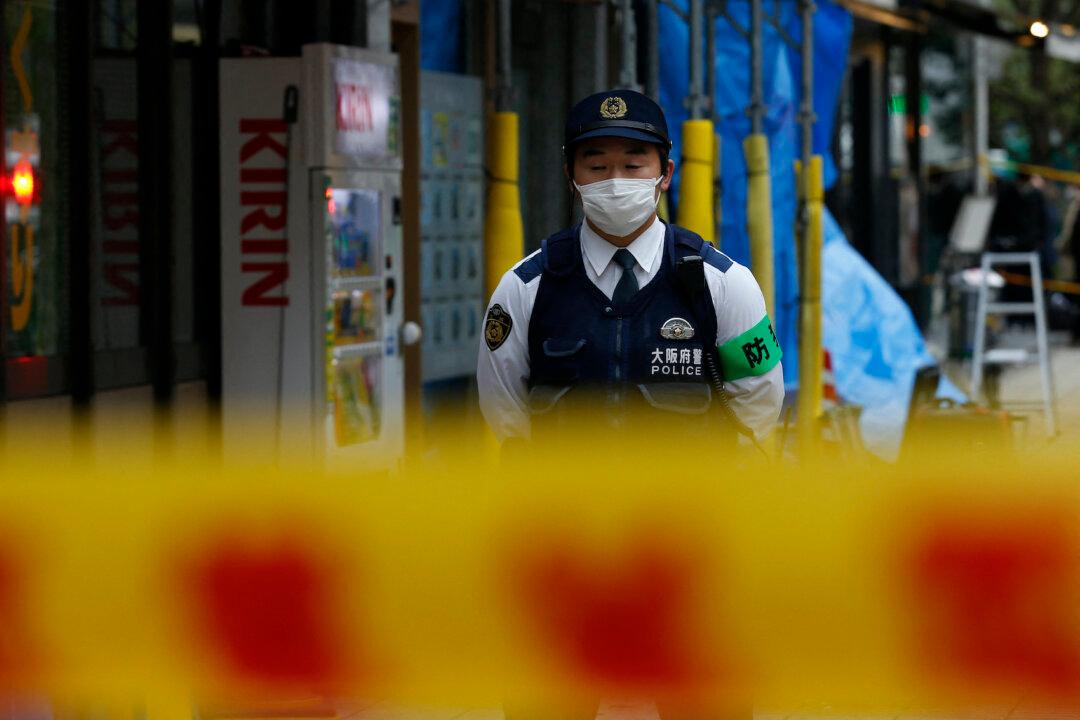According to Chinese public data, some 21 cities in China now have a population density of more than 1,000 people per square kilometer (0.386 square miles). Six cities are in Guangdong Province. Among them, Shenzhen is the most crowded city, with over 7,000 people per square kilometer.
The 10 cities with the highest population density are Shenzhen, Dongguan, Shanghai, Xiamen, Foshan, Guangzhou, Zhongshan, Shantou, Zhengzhou, and Wuxi, and eight of them have over 2,000 people per square kilometer.




